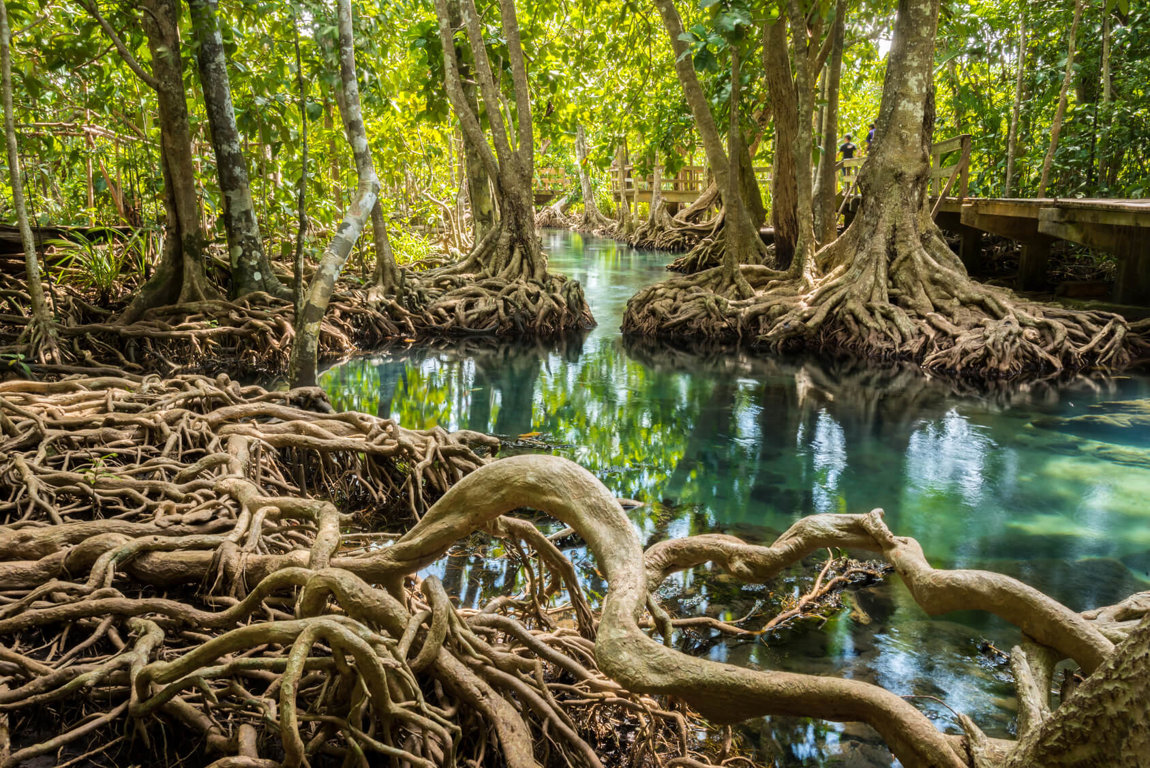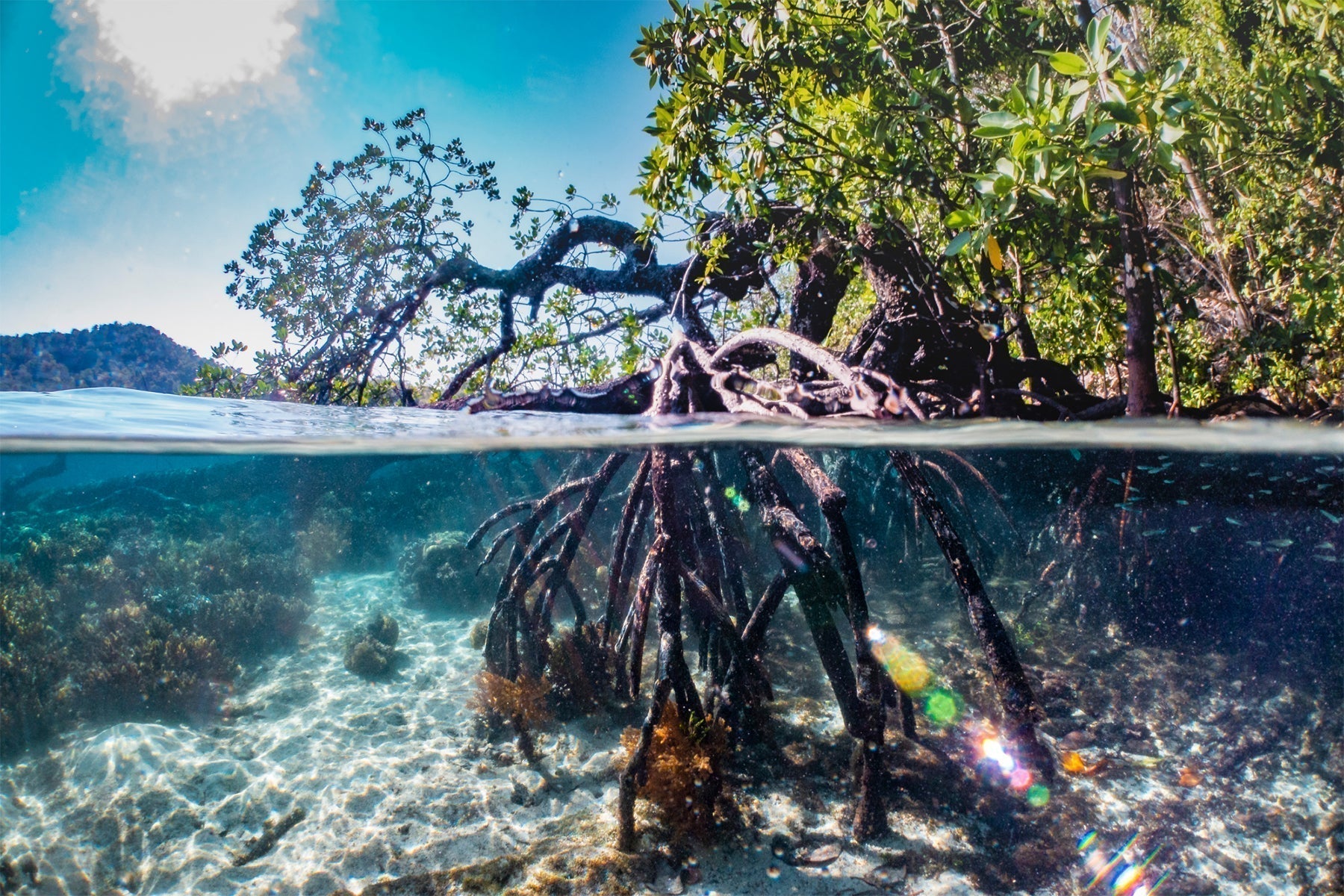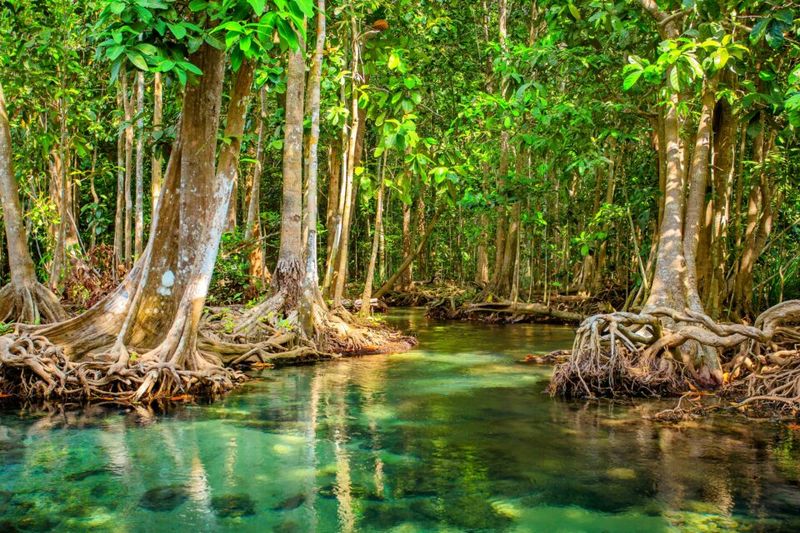- 1 Day Sundarban Tour
Pricing:
- ₹2799 per adult
- ₹1399 for children aged 4-8 years
- Free for children aged 1-4 years (under 48 months)
Facilities Included:
- Welcome Drink:
- Transportation: [Pick + Drop]
- Breakfast:
- Boat Safari:
- Lunch:
- Sightseeing:
- Guide Assistance:
- Snacks and Tea:
- Safety Measures:
- 1 Night 2 Days Sundarban Tour
Pricing:
- ₹4500 per adult (Non-AC room)
- ₹5000 per adult (AC room)
- ₹2250 for children aged 4-8 years
- Free for children aged 1-4 years (under 48 months)
Facilities Included:
- Welcome Drink
- Meals: All Times
- Boat Safari
- Accommodation: AC/ Non Ac
- Cultural Program:
- Visit Watchtowers and Local Attractions
- Safety
- Guided Tour
- Tea/Coffee Breaks
- 2 Night 3 Days Sundarban Tour
Pricing:
- ₹5500 per adult (Non-AC room)
- ₹6500 per adult (AC room)
- ₹2750 for children aged 4-8 years
- Free for children aged 1-4 years (under 48 months)
Facilities Included:
- Welcome Drink
- Meals: (breakfast, lunch, evening snacks, and dinner)
- Extended Boat Safaris: Multiple guided boat safaris
- Accommodation: in AC or non-AC rooms,
- Cultural Program:
- Visits to Key Attractions:
- Expert Guide:
- Tea/Coffee Breaks:

Sundarban 3 Days 2 Nights Package
Immerse in the wild beauty of Sundarbans with our 3 Days, 2 Nights adventure!

Book Sundarban 3 Days 2 Nights
Immerse in the wild beauty of Sundarbans with our 3 Days, 2 Nights adventure!
- 2 Night 3 Days Sundarban Boat Tour
Pricing:
- ₹5500 per adult (Non-AC room)
- ₹6500 per adult (AC room)
- ₹2750 for children aged 4-8 years
- Free for children aged 1-4 years (under 48 months)
Facilities Included:
- All Meals:
- Guided Boat Safaris:
- 2-Night Accommodation: Stay on the boat in comfortable AC or non-AC rooms.
- Cultural Performances:
- Attractions:
- Safety & Security:

Boat Sundarban 3 Days 2 Nights Package
Sail into the wild with our 3 Days, 2 Nights Sundarban Boat Adventure!

Sundarban 3 Days 2 Nights Package
Explore the untamed beauty of Sundarbans with a thrilling 3 Days, 2 Nights boat tour!
Mangrove Protection Efforts in Sundarbans: Local and Global Initiatives

Introduction
Mangrove Protection Efforts in Sundarbans: The Sundarbans, the world’s largest mangrove forest, is a critical ecosystem providing habitat for countless species, including the endangered Royal Bengal Tiger. However, threats like deforestation, climate change, and human encroachment endanger this fragile region. To combat these challenges, local and global initiatives have been implemented to protect and restore the Sundarbans’ mangrove ecosystem. In this article, we explore the key efforts undertaken to ensure the longevity of this vital natural wonder.

Why Is Mangrove Protection Important?
Mangroves play a crucial role in climate resilience, biodiversity conservation, and local livelihoods. Here’s why they need urgent protection:
- Coastal Protection: Mangroves act as a natural buffer against storm surges, preventing erosion and flooding.
- Carbon Sequestration: These forests absorb large amounts of carbon dioxide, helping mitigate climate change.
- Biodiversity Hotspot: The Sundarbans provide a habitat for over 400 species, including tigers, crocodiles, and migratory birds.
- Livelihood for Local Communities: Fishing, honey collection, and ecotourism support thousands of people who depend on the Sundarbans for their survival.
Local Initiatives for Mangrove Conservation
1. Sundarbans Afforestation Programs
Several government and non-governmental organizations (NGOs) run afforestation projects to restore degraded mangrove areas. The West Bengal Forest Department has initiated tree-planting drives to enhance forest cover.

2. Eco-Development Committees (EDCs)
Local communities are actively involved in conservation through Eco-Development Committees (EDCs), which promote sustainable resource use and alternative livelihoods to reduce. deforestation.
Read More:
3. Tide-Resistant Mangrove Plantation
Given the rising sea levels, research institutions and NGOs have introduced salt-tolerant mangrove species that can withstand extreme weather conditions.
4. Strict Anti-Deforestation Laws
Governments have imposed stricter logging restrictions and penalties for illegal deforestation, ensuring that mangrove destruction is minimized.
5. Community-Based Ecotourism
Eco-tourism operators work closely with local villagers to provide sustainable tourism experiences while ensuring conservation remains a priority.

Global Efforts for Mangrove Protection
1. UNESCO World Heritage Status
The Sundarbans National Park was designated a UNESCO World Heritage Site in 1987, highlighting its global ecological importance and attracting international funding for conservation.
2. Mangrove Alliance for Climate (MAC)
India is part of the Mangrove Alliance for Climate (MAC), a global initiative aimed at preserving mangrove ecosystems to combat climate change.
3. World Wildlife Fund (WWF) Conservation Programs
WWF has been working on mangrove restoration and tiger conservation in the Sundarbans, ensuring long-term sustainability.
4. Ramsar Convention Wetland Protection
The Sundarbans is a Ramsar Wetland Site, granting it international recognition and protection under the Ramsar Convention on Wetlands.
5. International Research Collaborations
Institutions worldwide are conducting studies on climate resilience, biodiversity conservation, and sustainable mangrove management to ensure the Sundarbans’ longevity.

Challenges in Mangrove Conservation
Despite ongoing efforts, several challenges hinder conservation initiatives in the Sundarbans:
- Climate Change and Rising Sea Levels – Coastal erosion and increasing salinity threaten mangrove survival.
- Illegal Logging and Land Encroachment – Human activities continue to degrade mangrove habitats.
- Pollution and Industrialization – Oil spills and waste dumping harm marine and terrestrial biodiversity.
- Human-Wildlife Conflicts – As tiger habitats shrink, conflicts between tigers and villagers have increased.
How You Can Support Mangrove Conservation
1. Visit the Sundarbans Responsibly
Tourism plays a key role in conservation funding. Opt for eco-friendly travel options that support local conservation efforts.
2. Support Conservation Organizations
Donating to or volunteering with organizations like WWF, IUCN, and local NGOs can help boost conservation programs.

3. Raise Awareness
Share information about mangrove conservation through social media, blogs, and discussions to increase awareness and action.
4. Book an Eco-Friendly Tour
Experience the beauty of the Sundarbans while contributing to conservation by booking a tour with responsible operators.
Book your Sundarban tour now with:
Conclusion
The Sundarbans mangrove ecosystem is essential for biodiversity, climate resilience, and the survival of endangered species. While significant progress has been made through local and global conservation initiatives, continuous efforts are needed to address emerging challenges. Supporting conservation efforts—whether through responsible tourism, donations, or advocacy—ensures that future generations can witness the magic of the Sundarbans.
Let’s work together to protect one of the world’s most unique and valuable ecosystems!









